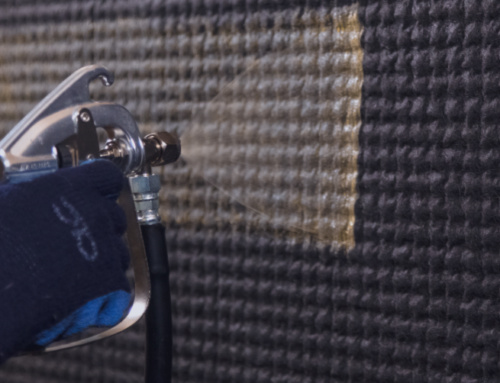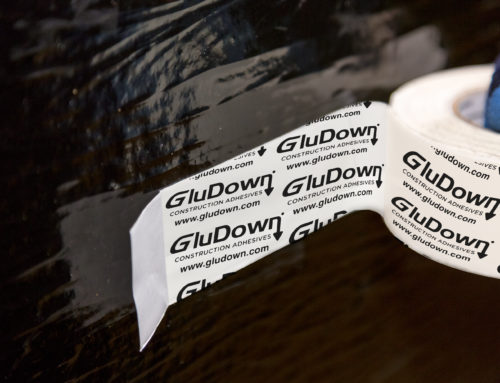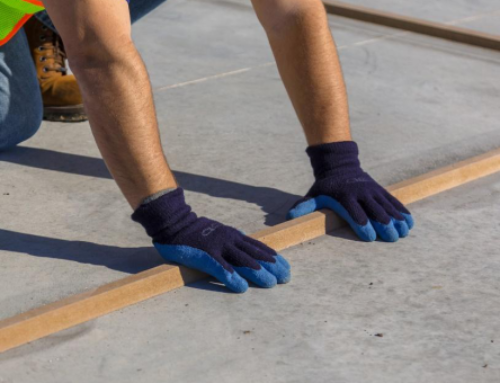Everywhere you look, you’re probably seeing tilt-up buildings. That means two things. It’s become a pervasive and proven construction method. And it can provide structures with high aesthetic values.
Tilt-up is now used for just about any type of structure from office buildings, call centers, retail developments, warehouses and distribution centers to manufacturing facilities and other commercial/industrial structures.
But did you know that tilt-up concrete construction isn’t new? In fact, it’s been employed since the turn of the 20th century. Starting in the mid-1940s, it became the preferred method for many kinds of buildings and structures due to its attractiveness, efficiency and longevity.
Here are some stats from the Tilt-Up Concrete Association:
- One of the fastest growing industries in the country
- Make up over 15% of all industrial buildings in the U.S.
- Range in size from 5,000 to over 1.5 million sq. ft.
- At least 10,000 buildings enclosing more than 650 million sq. ft. constructed annually
According to the association, this strong presence is due, in part, to the economics of tilt-up, which combine reasonable cost with low maintenance, durability, speed of construction and minimal capital investment.
Tilt-up construction is exactly what the term implies. A building’s walls are poured at the job site in slabs called tilt-up or tilt-wall panels. Once the concrete sets, these panels are simply raised into position to form exterior walls. The method can enable construction of a wide range of buildings quicker and at a lower cost compared to traditional masonry construction.
It may seem simple, but there are several best practices that should be observed to get the best results and ensure a quality structure that lasts. The Tilt-Up Association offers a wealth of information on what to implement for a successful project in areas such as:
- Site evaluation
- Engineering
- Footings and floor slabs
- Panel forming
- Surface treatments
- Reinforcing
- Embeds and inserts
- Concrete placement
- Panel erection
- Panel finishing
- Insulated panels
When followed, these best practices can deliver important benefits including fast-track delivery, project cost containment, reduced operating costs, architectural aesthetics, durability and safety.
At GluDown, Inc., we’ve also created a set of best practices for using construction adhesives to attain the significant advantages of gluing down various materials used in tilt-up construction, as opposed to using nails or screws.
What’s new in tilt-up? Innovation is the name of the game in meeting the intersection between construction economics and owner/tenant requirements. Tilt-up construction is always evolving to anticipate and meet those needs. Recent developments include composite panels and slender wall designs, larger mobile cranes, adoption of the International Energy Conservation Code, and extension of tilt-up into residential construction.





